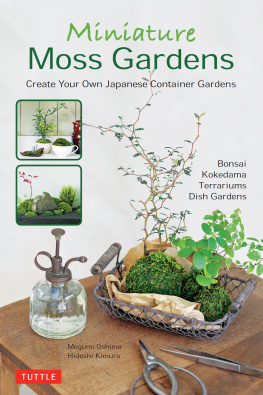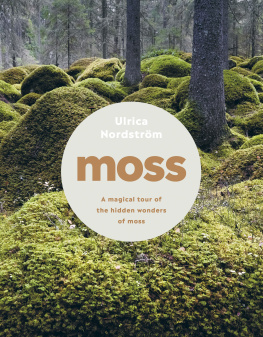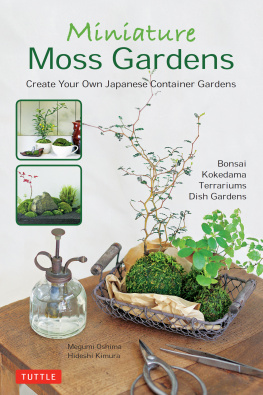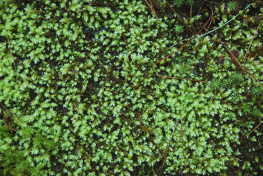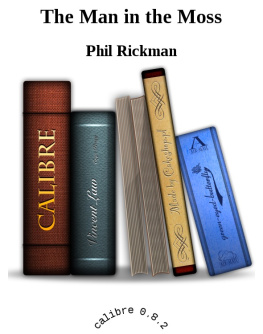
Welcome to my moss garden in Pisgah Forest, North Carolina, which offers year-round green pleasure.
THE MAGICAL WORLD OF
MOSS GARDENING
Annie Martin
TIMBER PRESS
Portland, Oregon

Mosses revealed in melting snow
Copyright 2015 by Annie Martin. All rights reserved.
Published in 2015 by Timber Press, Inc.
Plant ID photos Bill Murphy: see page 227. All photo credits appear on page 227. Illustrations by Alan Bryan pages 88-89. Illustration from A Book of Mosses with 16 Plates from Johannes Hedwigs Descriptio Muscorum by P. W. Richards (London: Penguin Books, 1950), page 74
Mention of trademark, proprietary product, or vendor does not constitute a guarantee or warranty of the product by the publisher or author and does not imply its approval to the exclusion of other products or vendors.
The Haseltine Building
133 S.W. Second Avenue, Suite 450
Portland, Oregon 97204-3527
timberpress.com
Text design by Laura Shaw Design, Inc.
Cover design by Laken Wright
Library of Congress Cataloging-in-Publication Data
Martin, Annie, 1953- author.
The magical world of moss gardening / Annie Martin. First edition.
pages cm
Includes bibliographical references and index.
ISBN 978-1-60469-560-1 ISBN 978-1-60469-647-9 1. Moss gardening. 2. Mosses. I. Title.
SB433.55.M37 2015
635.9382 dc23
2014048497
A catalog record for this book is also available from the British Library.
This book is dedicated to my dearest brother and friend, Dale, my beloved sons, Flint and Carson, and my mossin sidekick, Leila.
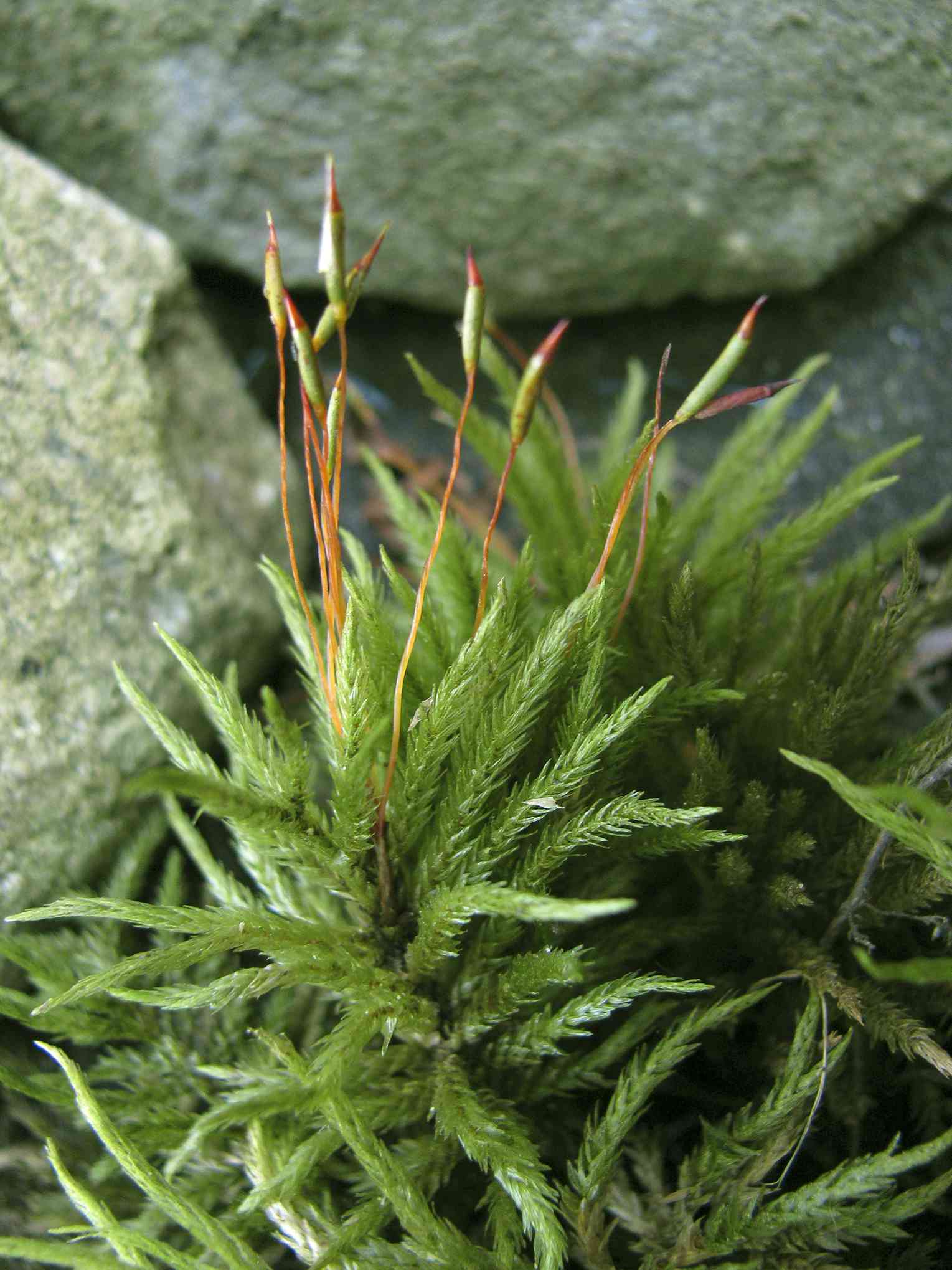
Climacium species with spore structures

Funaria sporophytes arising from charred wood
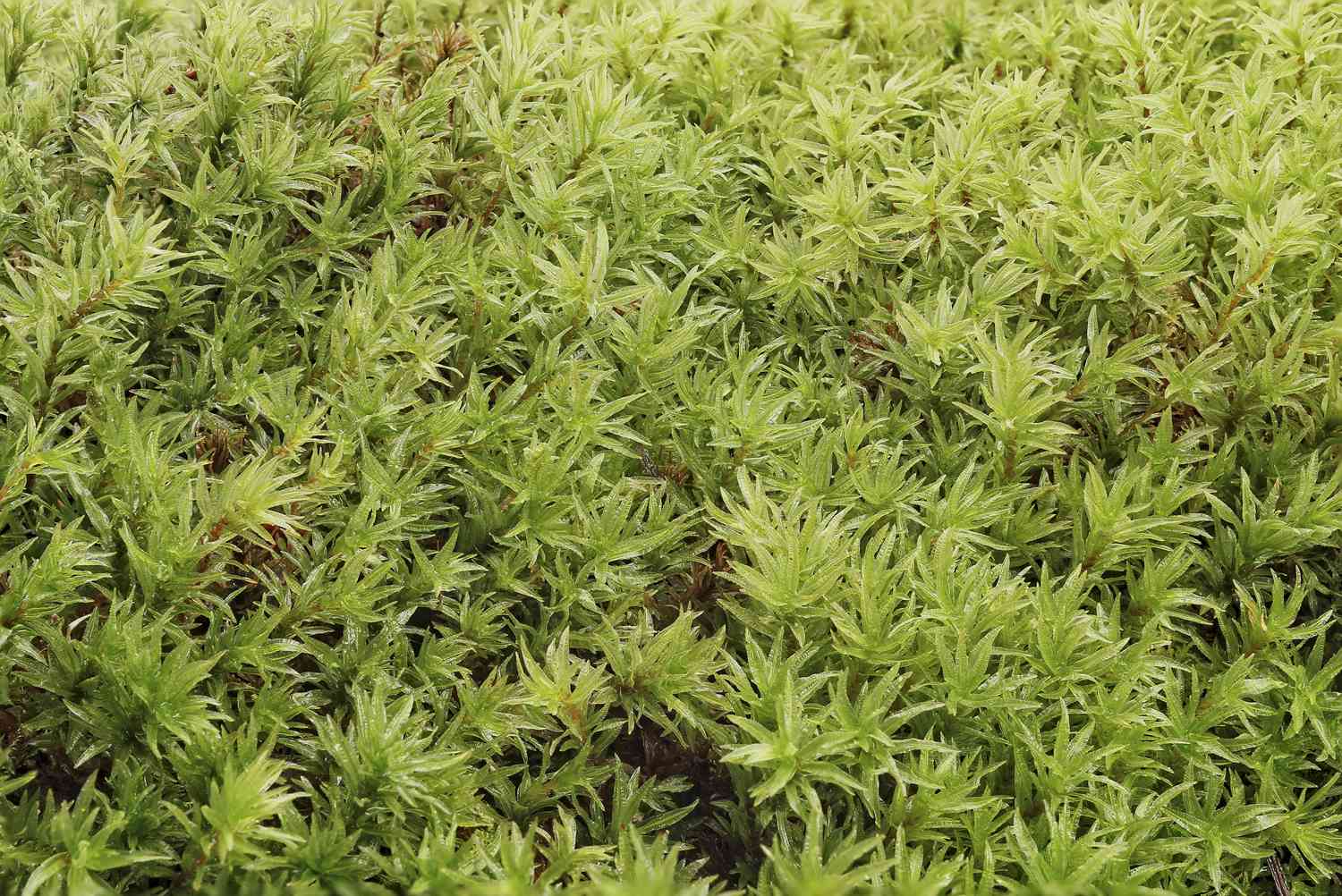
Atrichum undulatum
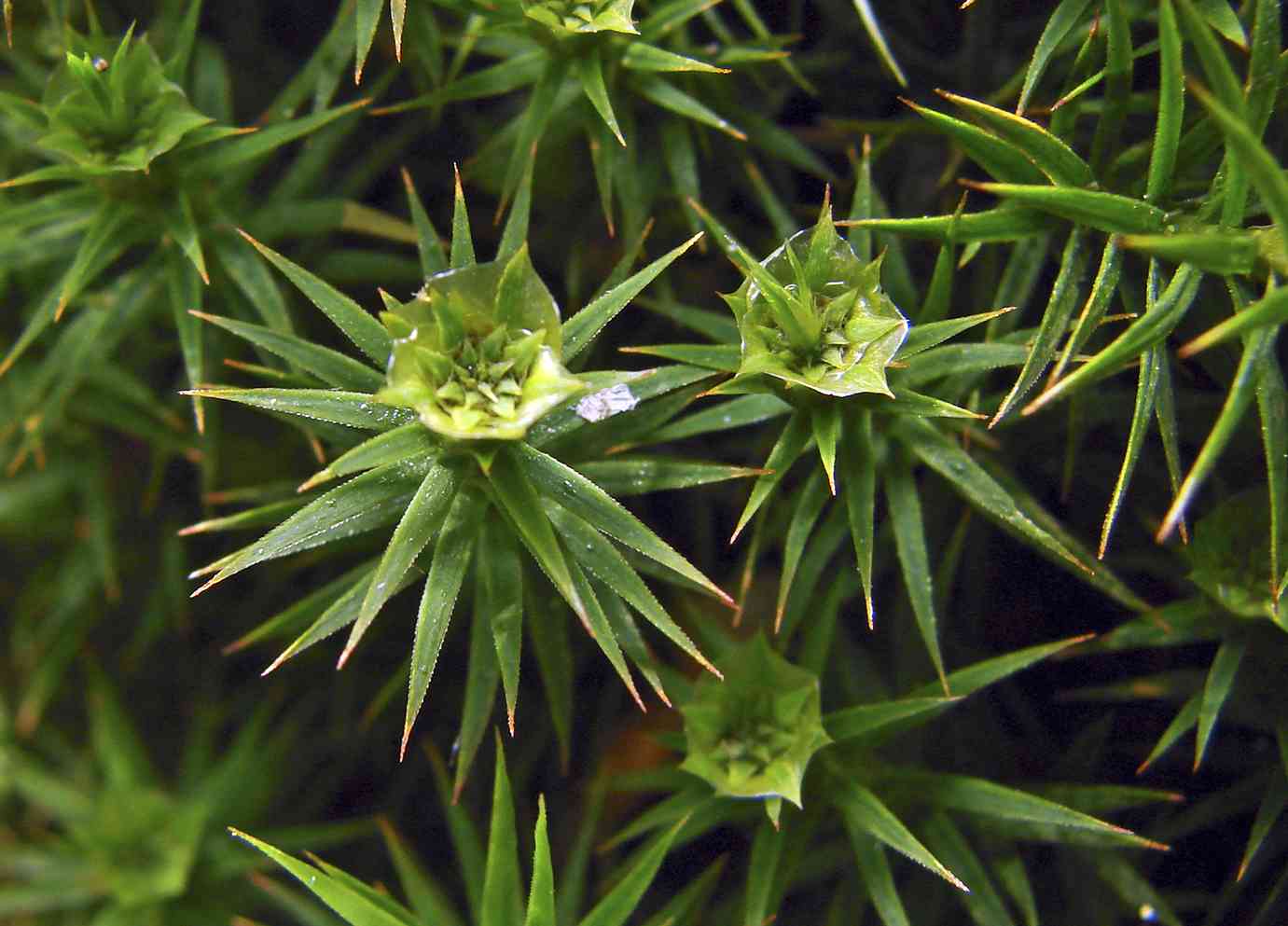
male Polytrichum cups
contents
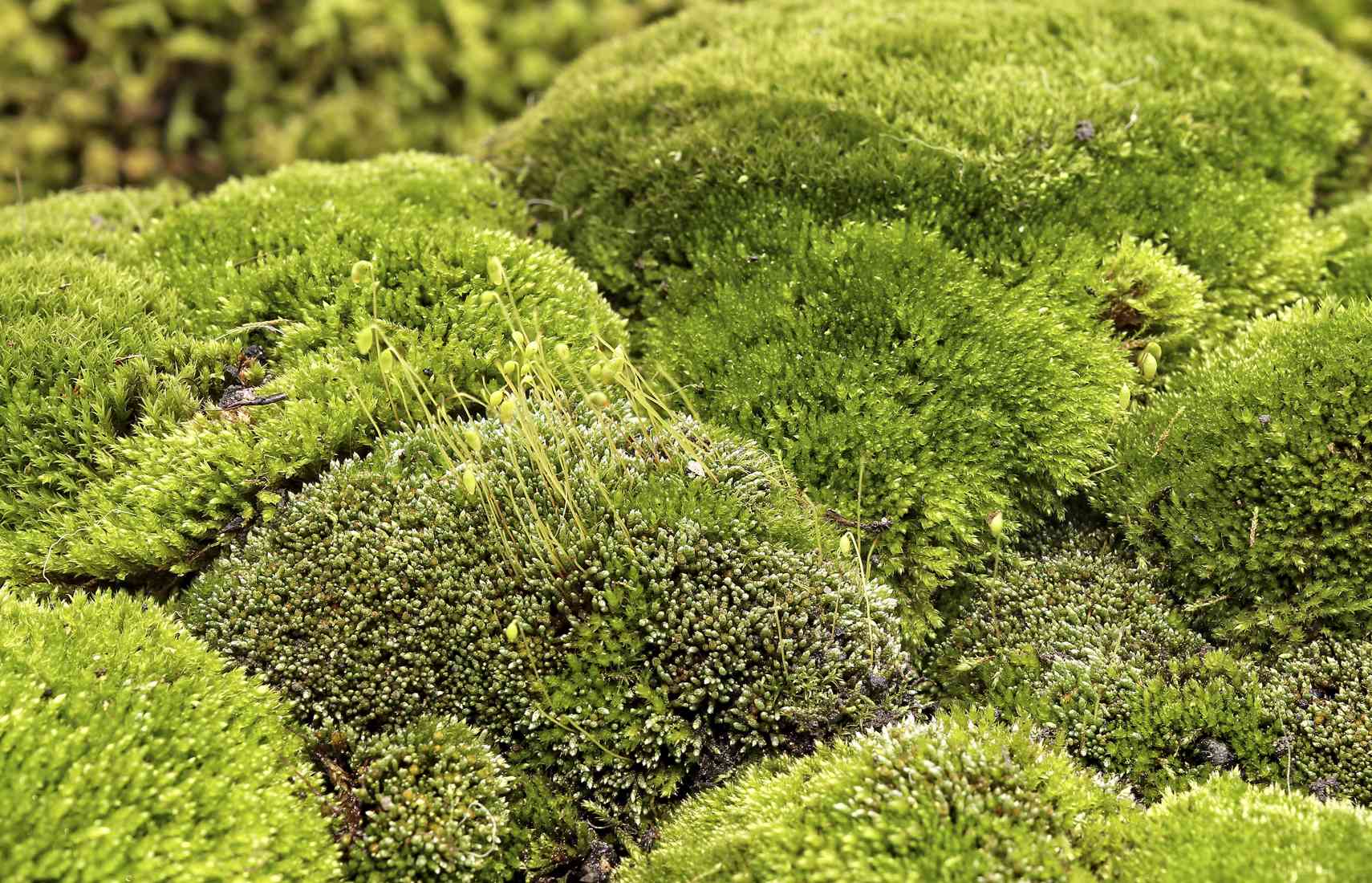
Tolerant of cold and high heat, Bryum argenteum is commonly called sidewalk moss. Note the silver tips.
INTRODUCTION
moss magic
Every time I walk out my front door, my mosses greet me, triggering a smile in my heart. The magic of my garden engulfs my spirit, and that internal smile instantaneously moves to my face. As I gaze at the dazzling mosaic of mosses in my garden, I feel immense joy and pride juxtaposed with calm. Throughout all seasons, my mosses have a magnetic quality that engulfs me. Most often, I am catching a quick glimpse for an infusion of moss magic as I head out into the world in my work as a moss landscape designer and moss farmer. What a divine way to start the day!
As I ride in my mossin truck along the French Broad River heading north, my moss radar is on and I spy my favorite plant growing in hummocks and carpets in the deep shade of rich cove forests, braving bright sunshine on steep hillsides, and providing glimmering red displays of sporophytes (reproductive structures equivalent to flowers) atop rocky precipices towering high above. As I pass through town, I marvel at emerald tendrils draping over the edges of rock walls and velvety green filling the cracks of sidewalks. I welcome the brief delay of a traffic light to notice some heat-tolerant species thriving on a roof and remember the time I climbed up on that roof to retrieve samples of Ceratodon and Entodon species. While often associated with the natural environment of forests and waterfalls, mosses are common in urban settings, too. To me, there is something magical in plants that can live in such dramatically different environmental conditions.
The magic of moss gardening may start with the way it makes me feel, but many other aspects of moss fuel my love affair. Mosses offer visual delights and tactile pleasures; they stoke our imagination and our memories; they connect us to earlier peoples and moss gardeners around the globe; they have countless environmental advantages and medicinal uses; and they are simply a joy to garden with. For all these reasons, moss gardening is gaining in popularity. As more people become aware of the advantages of this alternative horticultural option, I am convinced that mosses will assume a place of respect within the gardening community. Mosses are on the verge of a verdant victory.
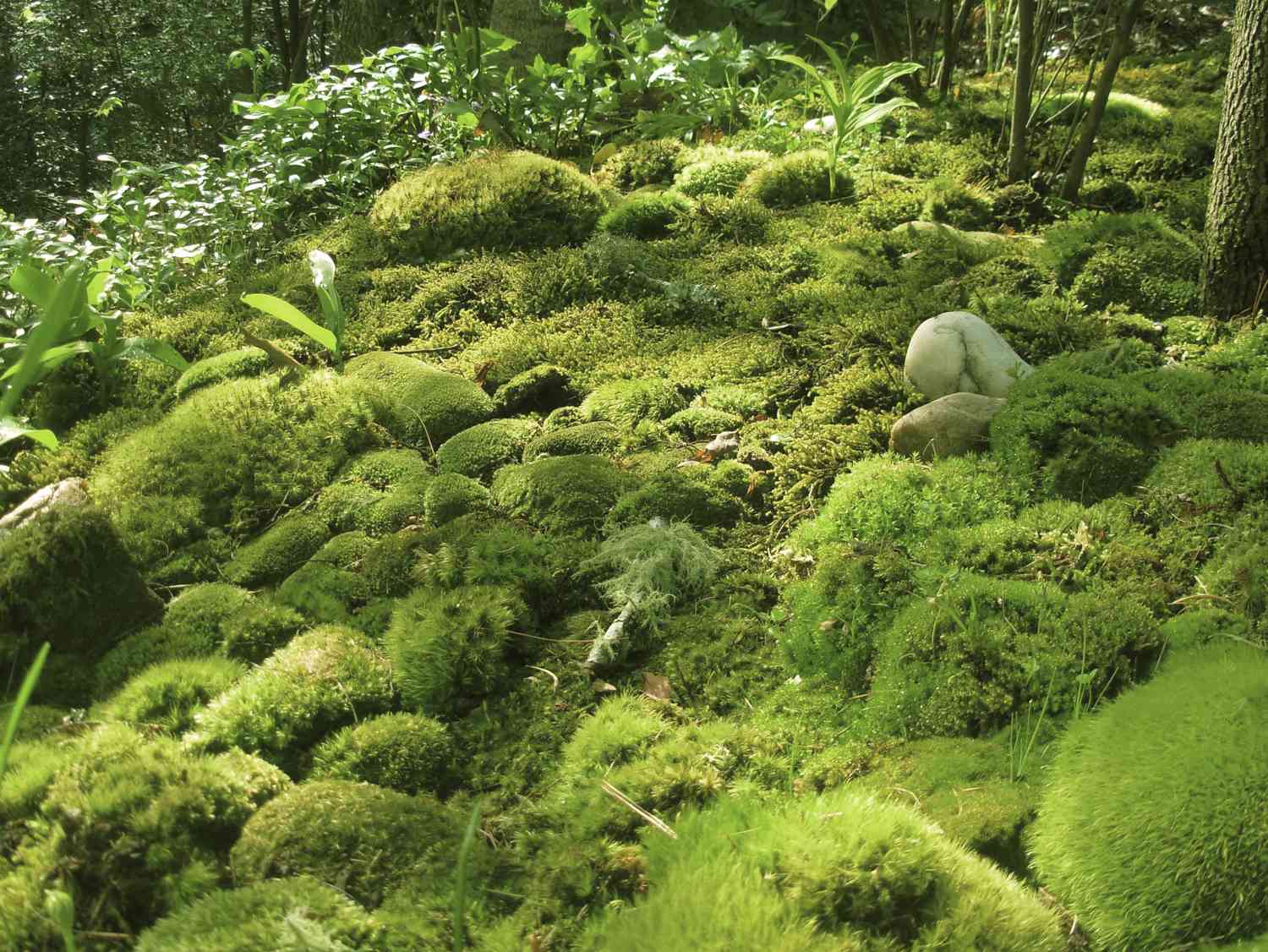
Dicranum scoparium mosses provide incredible interest in the garden with their textures, shapes, and colors.
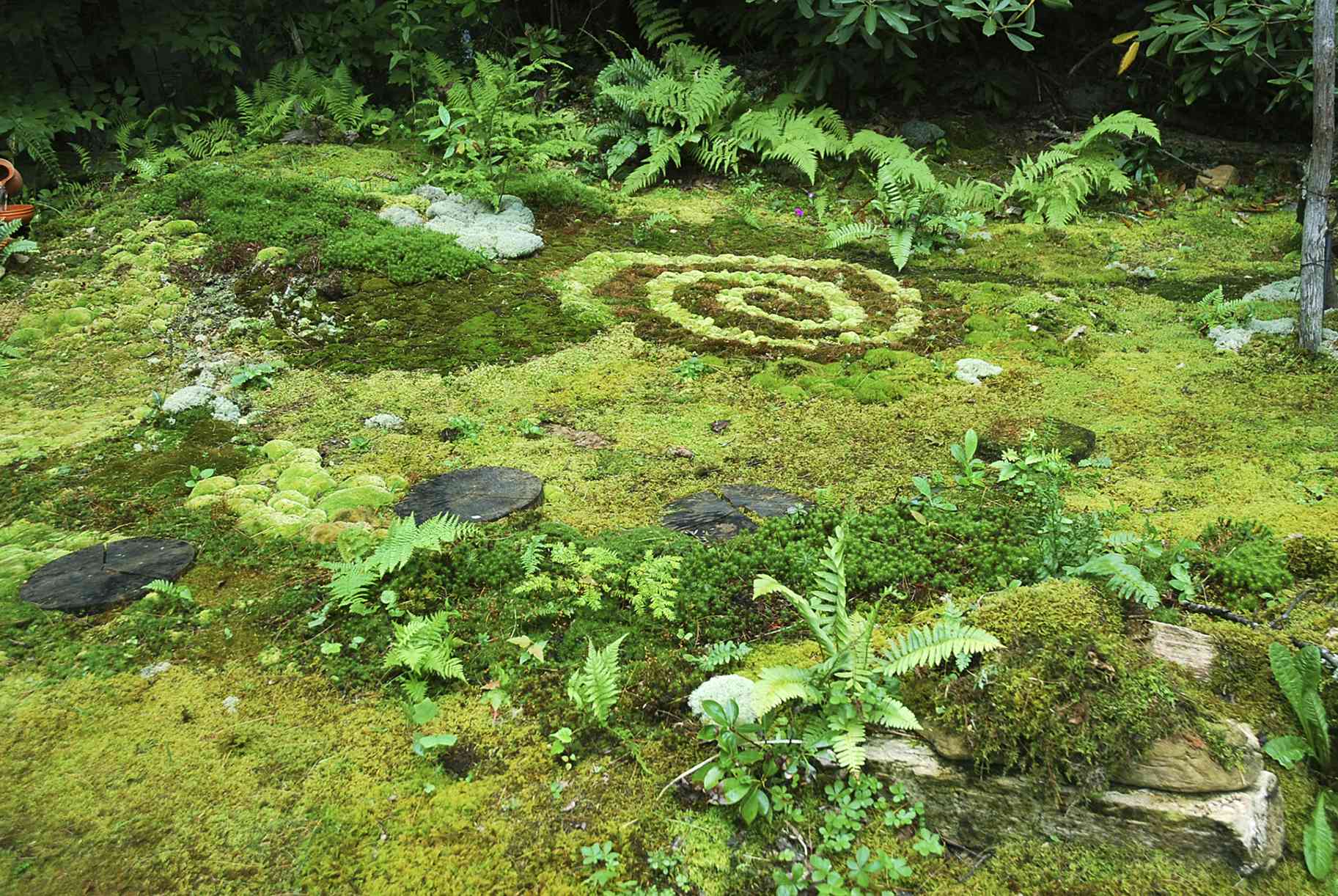
My garden, with a myriad of moss species with native ferns, captures me with its magic every time I lay eyes on it.

In my garden, contrasts in scale and texture are provided by a granite boulder featuring Polystichum (Christmas) ferns to complement Thuidium, Hypnum, and Polytrichum mosses.
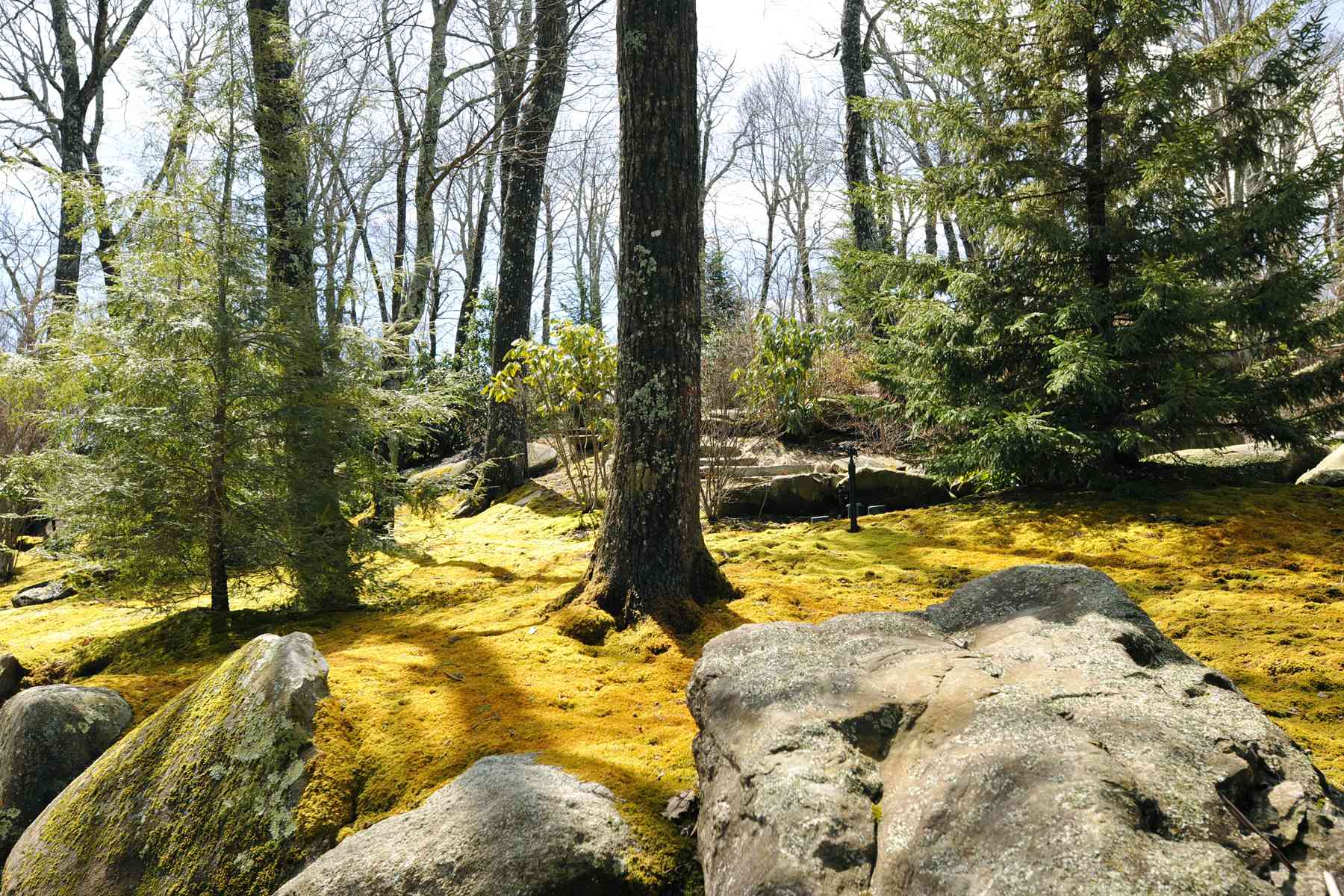
Not always green, some mosses such as these Hypnum and Thuidium species at the Southern Highlands Reserve in North Carolina turn a bright golden color during seasons with scant leaf canopy.
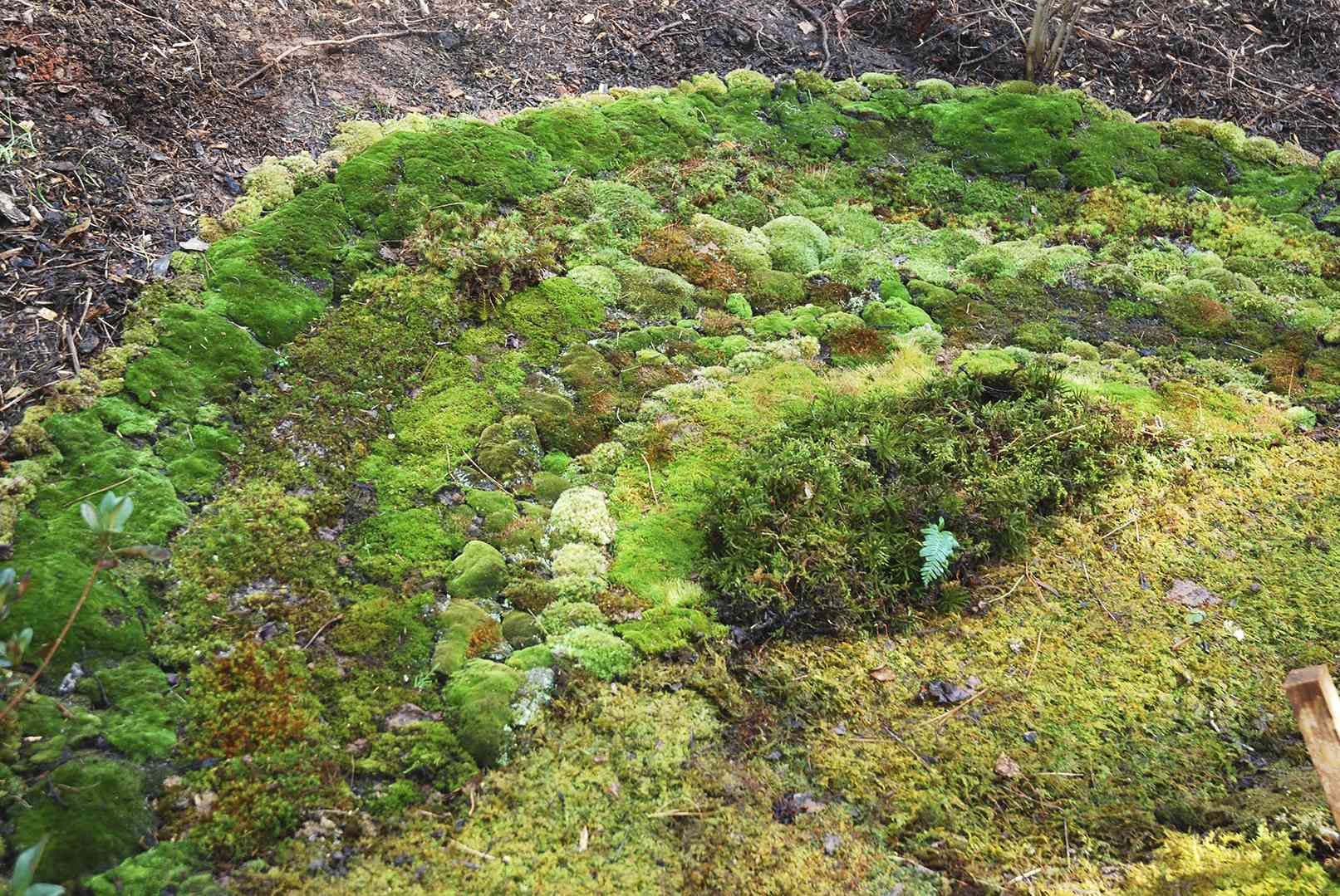
This moss rainbow emphasizes various moss textures and colors.

Spectacular Ceratodon purpureus sporophytes (spore-producing plant structures) provide crimson displays above the velvety green of the colonies.

Male cups (part of the reproductive process) of
Next page


